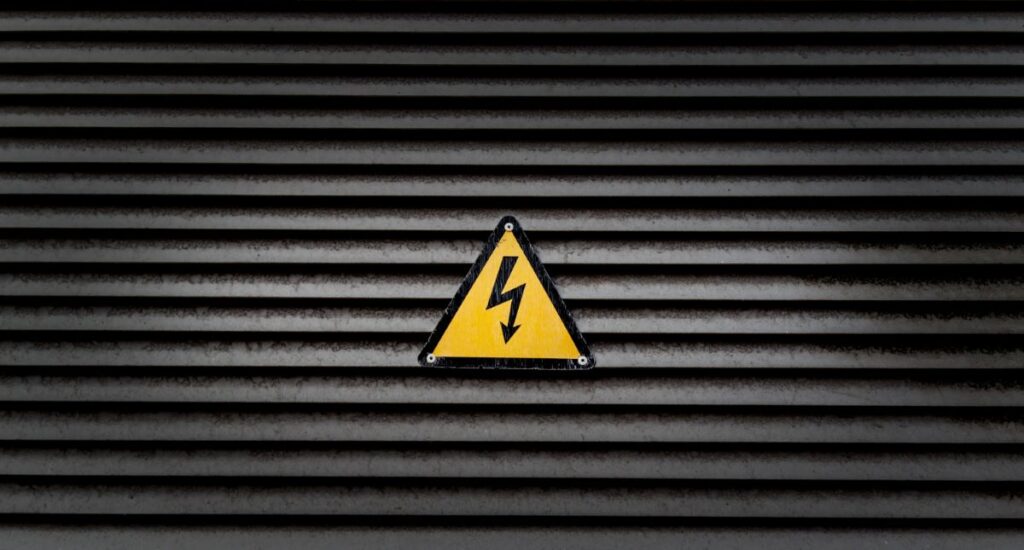As a discerning building owner in the expansive and diverse state of Texas, understanding the intricacies of voltage drop calculations and selecting proper cable sizes is essential for maintaining a reliable and efficient electrical system. In this article, we will delve into the significance of voltage drop calculations and the process of selecting the right cable sizes, providing practical insights for optimizing the electrical infrastructure in your Texas property.
Table of Contents
Voltage Drop Calculations: Unraveling the Basics
Voltage drop refers to the reduction in electrical potential that occurs as current travels through a conductor, such as an electrical cable. In the context of your Texas property, voltage drop calculations are crucial for ensuring that electrical equipment receives the necessary voltage to operate efficiently. Excessive voltage drop can lead to diminished performance, overheating of cables, and potential damage to connected devices.

The formula for calculating voltage drop involves factors such as the length of the cable, the current flowing through it, and the material’s electrical resistance. Understanding these calculations is integral to maintaining a stable and reliable electrical system, especially in a state like Texas, where diverse weather conditions and large properties may pose unique challenges.
Addressing Distance and Load Considerations:
One of the primary factors influencing voltage drop is the distance the electrical current must travel through the cable. Texas properties, ranging from expansive commercial spaces to residential buildings, often require cables of varying lengths. Voltage drop calculations take into account this distance factor to ensure that the electrical load at the end of the circuit receives the appropriate voltage.
Additionally, the electrical load itself plays a significant role in voltage drop calculations. High-powered equipment or appliances may draw more current, leading to increased voltage drop if not appropriately addressed. Understanding the combined impact of distance and load is essential for building owners in Texas to maintain an electrical system that operates efficiently and reliably.
Selecting Proper Cable Sizes: A Balancing Act
Once voltage drop calculations are performed, the next crucial step is selecting the proper cable sizes to mitigate the calculated drop. The choice of cable size is a delicate balancing act between meeting the electrical demand, minimizing voltage drop, and adhering to safety standards. Texas, with its diverse property types and electrical needs, requires building owners to make informed decisions in this regard.
Cables are available in various sizes, each with different ampacity ratings and voltage drop characteristics. The challenge lies in selecting a cable size that not only accommodates the current load but also minimizes voltage drop to an acceptable level. This requires a thoughtful evaluation of the calculated voltage drop against industry standards and local electrical codes.
Considering Material and Temperature Factors:
The material of the cable also plays a role in both its electrical resistance and heat dissipation characteristics. Copper and aluminum are the most common materials used for electrical cables, each with its own advantages and considerations. While copper offers lower resistance, aluminum is often more cost-effective. Building owners in Texas must weigh these factors when selecting cable materials based on their specific property requirements and budget considerations.
Temperature is another critical factor that can impact cable performance. In the warm and diverse climate of Texas, where temperatures can vary significantly, understanding the temperature rating of the selected cable is crucial. Overheating can accelerate the aging of cables and compromise their performance. By considering the temperature factors, building owners can ensure that the selected cables are well-suited to withstand the environmental conditions of their Texas property.
Navigating Local Electrical Codes:
Texas has its own set of electrical codes and regulations that building owners must navigate when planning and implementing electrical systems. These codes provide guidelines for voltage drop limits, cable ampacities, and safety measures. Adhering to these local electrical codes is not only a legal requirement but also a practical approach to ensuring the safety and reliability of your property’s electrical infrastructure.
Voltage drop calculations and cable size selection must align with the stipulations of local electrical codes to pass inspections and obtain necessary permits. Building owners are encouraged to work closely with licensed electricians who are familiar with Texas electrical codes to navigate these requirements effectively.
Engaging with Electrical Professionals:
Navigating the intricacies of voltage drop calculations and selecting proper cable sizes is a complex task that requires expertise. Engaging with licensed electrical professionals in Texas is a prudent step for building owners. These professionals bring a wealth of knowledge and experience to the table, ensuring that voltage drop calculations are accurate, cable sizes are appropriate, and all local codes are adhered to.
Electrical professionals can conduct site-specific assessments, taking into account the unique characteristics of your Texas property. Their expertise allows them to recommend the most suitable cable sizes based on voltage drop calculations, load requirements, and environmental factors. By collaborating with electrical professionals, building owners can have confidence in the reliability and safety of their electrical systems.
Conclusion:
In conclusion, for building owners in Texas, mastering voltage drop calculations and selecting proper cable sizes is a strategic endeavor that directly impacts the efficiency and reliability of the electrical infrastructure. Understanding the basics of voltage drop, addressing distance and load considerations, balancing cable size selection, considering material and temperature factors, navigating local electrical codes, and engaging with electrical professionals are integral steps in this process.
By investing time and resources into this aspect of property management, building owners contribute to the long-term stability and safety of their electrical systems. Texas, with its diverse properties and electrical needs, demands a meticulous approach to voltage drop calculations and cable size selection. This proactive stance ensures that your property’s electrical infrastructure is not only compliant with regulations but also optimized for efficiency and reliability in the dynamic landscape of the Lone Star State.




